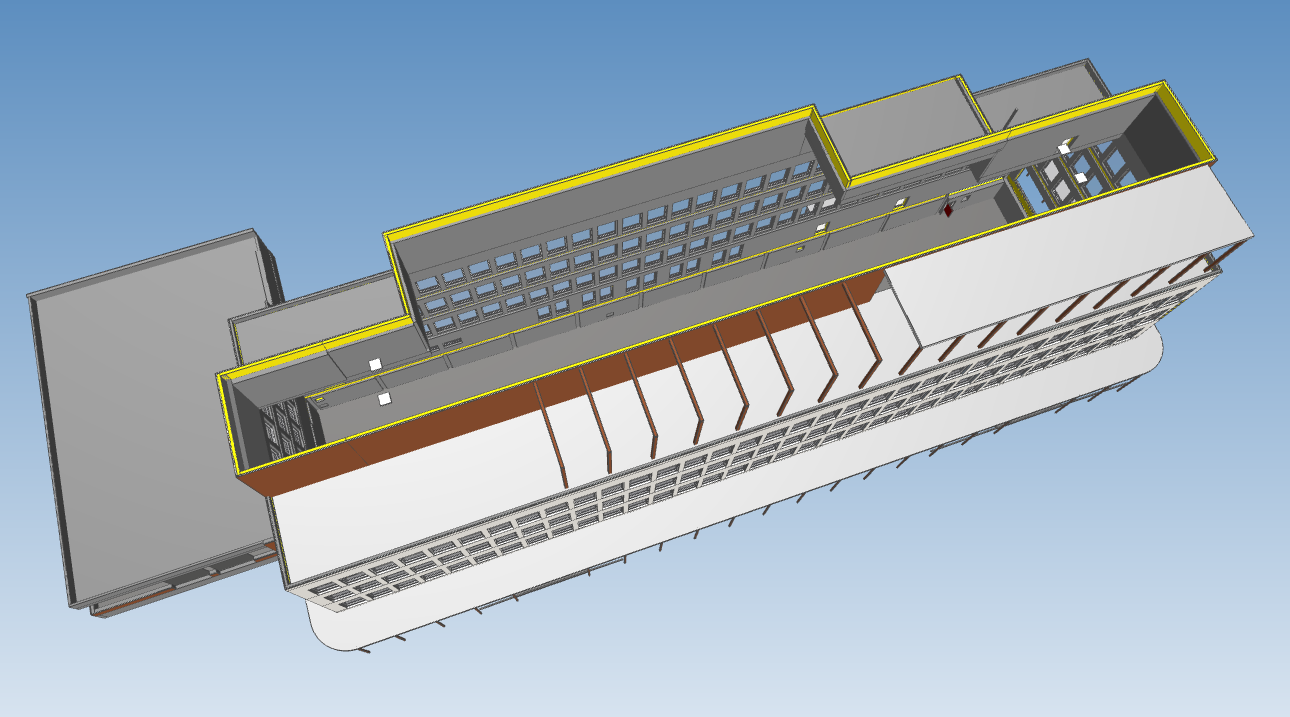Data for Spatial Units
Keywords: Building Information Modeling (BIM) / Industry Foundation Classes (IFC) / Information Delivery Specification (IDS), Land Administration Domain Model (LADM), Digital Building Logbook (DBL), Digital Building Permit (DBP), Energy Performance of Buildings (EPB), Life Cycle Assessment (LCA),...
Documentation: https://lvanlier.github.io
Source code: https://github.com/lvanlier/d4su-server
A Spatial Unit refers to the Land Administration Domain Model concept of a Unit (Terrain, Building, Commerce, Plant, Residential Apartment, Infrastructure unit, ...) to which Rights, Restrictions and Responsibilities apply.
Digital Transformation of administrative processess calls for new ways of managing data for Spatial Units, starting with the data that originate from the Architecture, Engineering and Construction (AEC) Industry which uses the Industry Foundation Classes (IFC) as the Data Exchange Format.
The d4SU platform provides a technical home for processing the IFC files to extract information that is relevant to administrative processes in the domains of Digital Building Permit (DBP), Energy Performance of Buildings (EPB), Life Cycle Assessment (LCA), Digital Building Logbook (DBL), ...
The platform lets import IFC files, validate them against requirements defined in IDS and process their data (objects, relationships, properties and geometries). It leverages OpenBIM tools such as IfcOpenShell and provides APIs for business applications to easily consume this technical data. The data is made available either in a PostgreSQL database or in a Delta Lake (aka Lakehouse) and can be provided in JSON, IFC and CSV files depending on the needs.
Hereunder, as an illustration, two Building Units are extracted from the reference IFC file Duplex_A_20110907_optimized.ifc.
Each duplex apartment file embarks all its elements and properties, materials and geometry representations. They are also readily available in the PostgreSQL database.
As another illustration, hereunder the extraction of the envelope of a building (= all elements with the property isExternal = True). Again, all properties, materials and geometry representations are embarked in the envelope file and are available in the PostgreSQL database.
